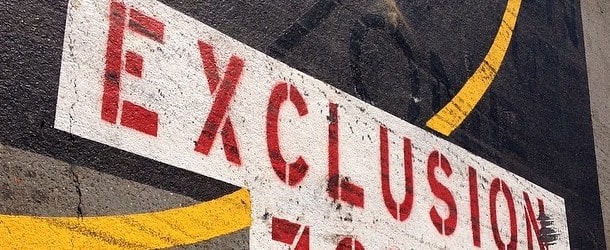Common Insurance Exclusions (With Real-World Examples)
When people buy insurance, they usually focus on what’s covered. But equally important—sometimes more important—are the things that aren’t covered, known as exclusions. Insurance exclusions are the conditions, events, or items that your policy specifically does not cover.
Understanding these exclusions helps you avoid frustration when filing a claim and ensures you’re not caught off guard in a stressful situation.
Here are some of the most common insurance exclusions, explained with real-world examples.
Pre-Existing Conditions in Health Insurance
Many health insurance plans exclude coverage for illnesses or conditions you had before the policy started.
Example: If you’re diagnosed with diabetes before buying a health policy, expenses related to diabetes care may not be covered right away. Some policies add coverage after a waiting period, but others may never include it unless you buy special coverage.
Intentional Acts
Insurance is designed to protect against accidents and unexpected events, not deliberate harm.
Example: If someone intentionally sets fire to their own property to claim insurance money, the policy won’t cover it. Similarly, injuries caused by intentional self-harm are usually excluded in health or life insurance.
War and Terrorism
Most policies exclude losses caused by war, terrorism, or similar large-scale events, since these risks are unpredictable and too large for insurers to handle under standard coverage.
Example: If your home is damaged during an armed conflict, a standard homeowner’s insurance policy likely won’t cover it unless you have a special rider.
Natural Disasters (Certain Types)
While many natural disasters are covered, some are excluded under basic policies.
Example: Standard homeowners insurance often excludes flood and earthquake damage. If a flood destroys your basement, you’ll only be covered if you purchased separate flood insurance.
Wear and Tear
Insurance covers sudden and accidental events, not the natural aging of your property or belongings.
Example: If your roof leaks because it’s 25 years old and hasn’t been maintained, the insurer may reject your claim. That’s considered wear and tear, not an insurable event.
High-Risk Activities
Certain dangerous activities may be excluded from life and health insurance.
Example: If you go skydiving or scuba diving and something happens, your policy may not pay unless you’ve purchased special coverage for extreme sports.
Business Use of Personal Property
Personal insurance policies don’t usually cover professional or commercial use.
Example: If you use your personal car for ride-sharing (like Uber or Lyft) and get into an accident, your regular auto insurance may deny the claim. You’d need special commercial or ride-share coverage.
Criminal or Illegal Acts
Losses that occur while committing illegal activities are not covered.
Example: If you damage your car while fleeing from police, your auto insurance won’t cover the repairs.
Why Exclusions Matter
Exclusions aren’t meant to trick you—they exist because some risks are too high, too broad, or fall outside the purpose of standard insurance. Knowing them helps you:
- Avoid surprises when filing a claim
- Decide if you need extra coverage (like flood or travel insurance)
- Understand your responsibilities as a policyholder
Final Thoughts
The key to avoiding unpleasant surprises is simple: don’t just read what’s covered, read what’s excluded. Pay attention to sections like “Exclusions” or “What We Don’t Cover” in your policy.
By knowing the limits of your coverage—and using real-world examples to think about them—you can decide whether to buy additional policies or riders that fill those gaps.
Insurance is about peace of mind, but true peace of mind comes only when you fully understand what your policy includes—and what it leaves out.



